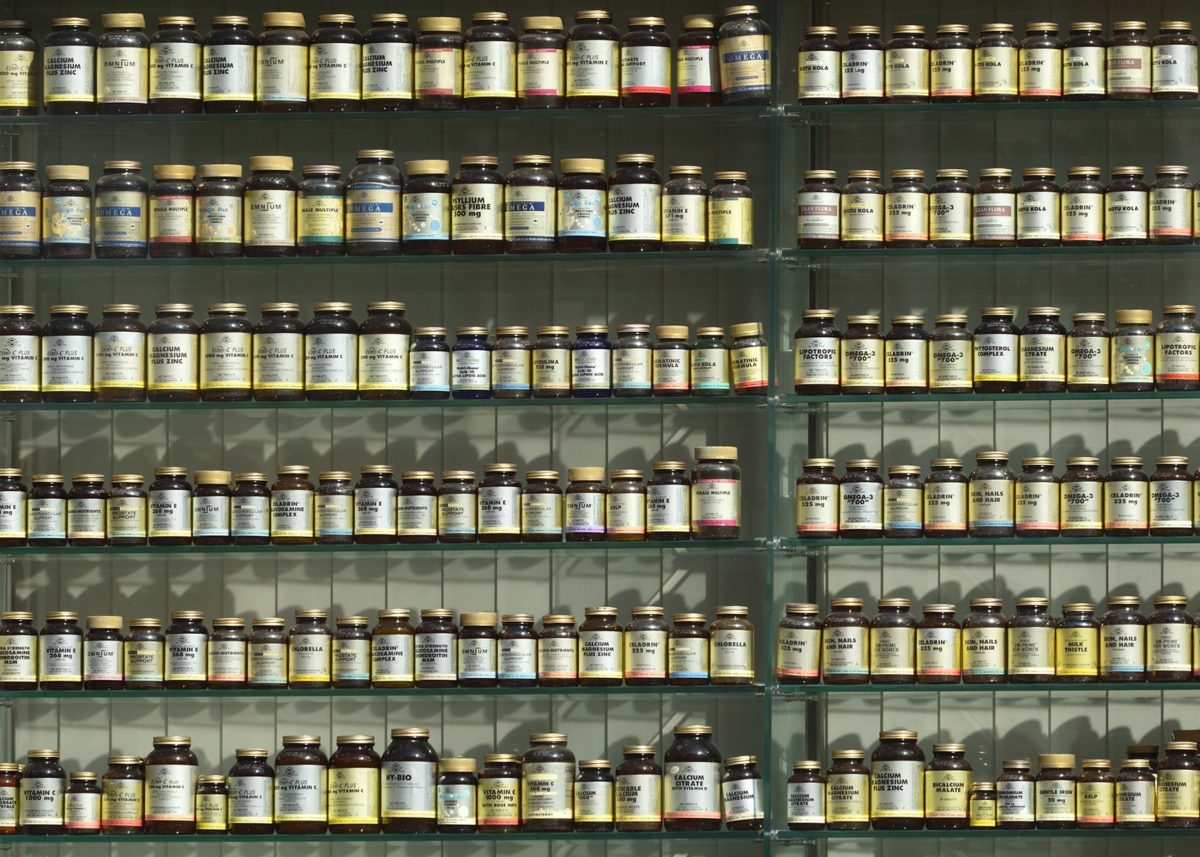The Ins and Outs of Labeling CBD

One of the most confusing aspects of owning your own CBD business is determining which information should appear on the labels. How to keep up with your CBD label design is a common discussion among CBD business managers as laws and regulations change frequently and marketers recommend changing those labels regularly as well.
People who use CBD products also benefit from clearer guidelines and uniform rules for CBD labels. One of the biggest complaints from CBD users is the lack of instruction regarding how to use a product or how much of a product to use.
No Clear Guidelines
Despite the fact that it seems as if regulations rule every aspect of the CBD industry, the industry itself is actually growing faster than lawmakers can keep up with. In many ways, there are no clear-cut rules for labeling CBD products because they haven’t been written yet. While the FDA regulates those products, they do not move as fast as the companies that are developing new CBD products daily.
Because there are no clear rules, CBD products should follow the stated guidelines of whichever non-CBD product they most resemble. For example, if you are creating CBD-infused cosmetics the label should follow that of the cosmetics industry. If your CBD product is being touted as a dietary supplement, then CBD product labels should follow the same guidelines as nutritional supplements.
It’s important to keep in mind that consumers can purchase CBD products at most drug stores, grocery stores and even at gas stations. When you, as the CBD business owner give as much information as you possibly can, your customer will understand the quality of what they are purchasing, how to use it, and will likely come back to you for more.
CBD Marketing Labels: Tips for Success
Many people entering the CBD industry have little experience when it comes to labeling nutritional supplements. New products, especially from new or inexperienced business owners, are the most likely to have glaring errors on the labels. If you aren’t certain how to label your products, it’s important to gain input and experience through talking with other industry business owners that are more experienced than you.
Many cannabis and CBD industry leaders are leading the charge to establish clear guidelines as to what belongs on the label of CBD products. The following list of requirements is a good starting point when it comes to the best practices for labeling CBD products, but keep in mind that it is not exhaustive.
- State exactly what the product is on the front of the product – the part that would be outward-facing when presented on a store shelf. This is called an identity statement.
- State how much CBD, listed in milligrams, is contained in the product. This information should also appear on the front of the product as it helps users know how much of the product to use for their specific needs.
- State the amount of one serving of your product, and how much CBD, in milligrams, is contained in each serving.
- State exactly how much of the product is in the container. This information should also be on the front of the product. The amounts should be listed in both U.S. and metric measurements.
- State which parts of the cannabis plant are used to make the product. This must appear on the label, but not necessarily on the front of the product.
- State all of the ingredients used in the making of the product. These are sometimes separated into active and other ingredients. The ingredients should be listed in order of weight, with the largest ingredient coming first.
- State the name of the company that created the product and how they can be reached. Contact information is necessary in case a consumer needs to reach out to the manufacturer.
- State any up-to-date warnings from medical professionals regarding use of this type of product by pregnant women and children. Also, let people know if your product will interfere with any medications they might be taking. If your product contains THC, you might also want to warn people that they could fail a drug test after using your product.
- Do not state any therapeutic or medical claims about the product. Claiming that your product can treat or prevent disease causes the FDA to classify it as a drug. Drug marketing has many more regulations. You may even want to include a disclaimer so there’s no confusion.
Many companies choose to provide the batch date and whether the CBD is full-spectrum, broad-spectrum, or isolate. Marketers like to add buzzwords like organic and pure though most users learn to discern between good information and marketing information. CBD companies that provide more quality information on their labels are generally viewed as offering a higher quality product, so make sure to take that into consideration when creating your labels.
Learn More at CannaCon
Whether your CBD business is struggling with labeling your CBD products or you simply want to learn more about the industry, CannaCon is the place to be. Attend one of our Expos in your area and you’ll have the opportunity to network with other industry leaders and learn from the best. Register today.
